About Us
The Foot Health Centre has been established in Coulsdon, Surrey for over 60 years and moved to its present location, in 1991. We assess and treat a wide range of foot conditions. Our Podiatrists (Chiropodists) all have honours degrees in Podiatry and are registered with the Health and Care Professionals Council (HCPC). Our Podiatry Assistant is registered with the British Association of Foot Health Professionals (BAFHP)
Our Podiatrists have undertaken a rigorous 3 year degree course and are trained to diagnose the causes of most foot pains and problems. They are all qualified to use local anaesthetics and can undertake minor nail surgery procedures such as removal or partial removal of nails. All our instruments are sterilised before each use, and we aim to maintain high professional standards. Our Podiatry Assistant has a Higher National Diploma in foot care and undertakes all general treatments.
We are located in the shopping area of Coulsdon opposite the library. We are between 2 rail stations – Coulsdon Town and Coulsdon South Stations. Bus routes serving Coulsdon are the following: 60, 166, 405, 463, 633, N68. There is parking in the street (free for one hour with a ticket) and a car park in Lion Green Road.
We are open Monday to Friday 09:00 to 18:00
Saturdays 09:00 to 17:00
Services
Available Treatments
Chiropody Treatments Include
- Corns, Callus, Cracked Skin
- Fungal Infections
- Nail Cutting
- Biomechanical Assessment (Alignment issues)
- Ingrowing Toenails
- Verrucas
- Nail Reconstruction
- Laser Therapies
- Home Visit
Laser Treatments
Laser therapy employs low power or ‘soft’ laser light to aid the natural healing process of the body safely and effectively.
It has been used for over 30 years and is widely available in the medical field for treatment of pain, wound healing and musculoskeletal conditions.
Laser therapy achieves improved outcomes in the treatment of plantar fasciitis, tendonitis, post nail avulsion, neuropathic and phantom pain, diabetic ulceration, rheumatoid and osteo-arthritis, joints, chronic oedema, warts and verrucae.
Low level lasers should not be confused with surgical lasers which are a different classification of laser. Low level laser therapy cannot burn or harm the skin. Its effects are photo-biochemical, not thermal.
In addition to their direct healing applications, low level lasers also provide an alternative needle-free acupuncture medium.
ACKNOWLEDGEMENTS
Omega Laser Systems
Physiotherapy
Physiotherapy is available at the Foot Health Centre for many disorders relating to bone, joints and soft tissue. Treatments aim to restore and maintain movement, function and well-being. Advice is also given on suitable exercises and how to manage daily activities. At The Foot Health Centre conditions treated include –
Spinal Pain, Whiplash injuries, Sports Injuries, Postural Problems
Sprains / Strains.
Reflexology
Reflexology is a complementary therapy based on the principle that there are reflex areas e.g. in the feet, which are believed to correspond to body organs and parts. During a treatment a medical history is initially taken and specific aims discussed and agreed. The client will be asked to remove socks and shoes only and the feet examined prior to a treatment commencing. Reflexology consists of thumb, finger or crystal massage movements and can be a relaxing experience, which may aid sleep, alleviate stress or tension, improve mood, correct body imbalances and promote a general feeling of well-being.
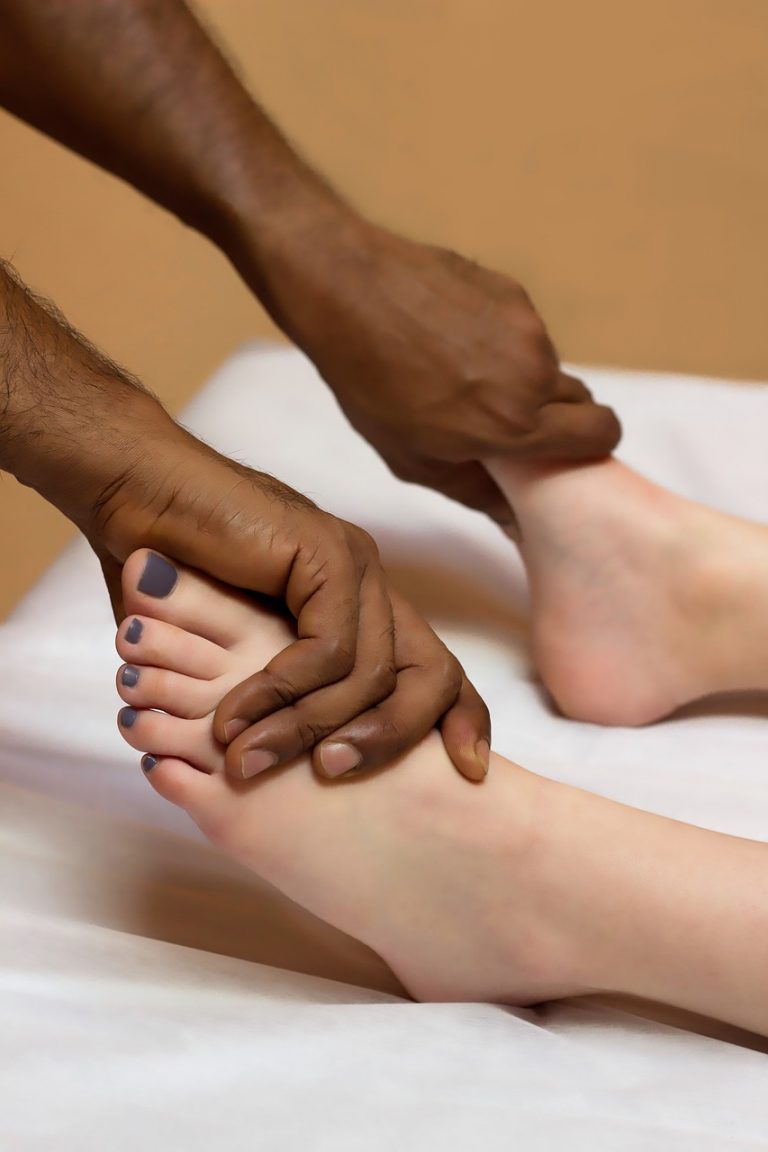

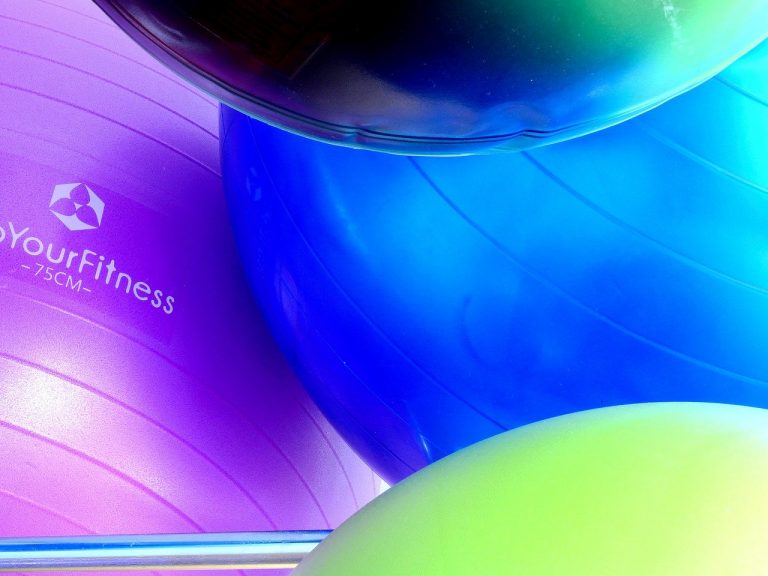

FHC
Common Foot Treatments
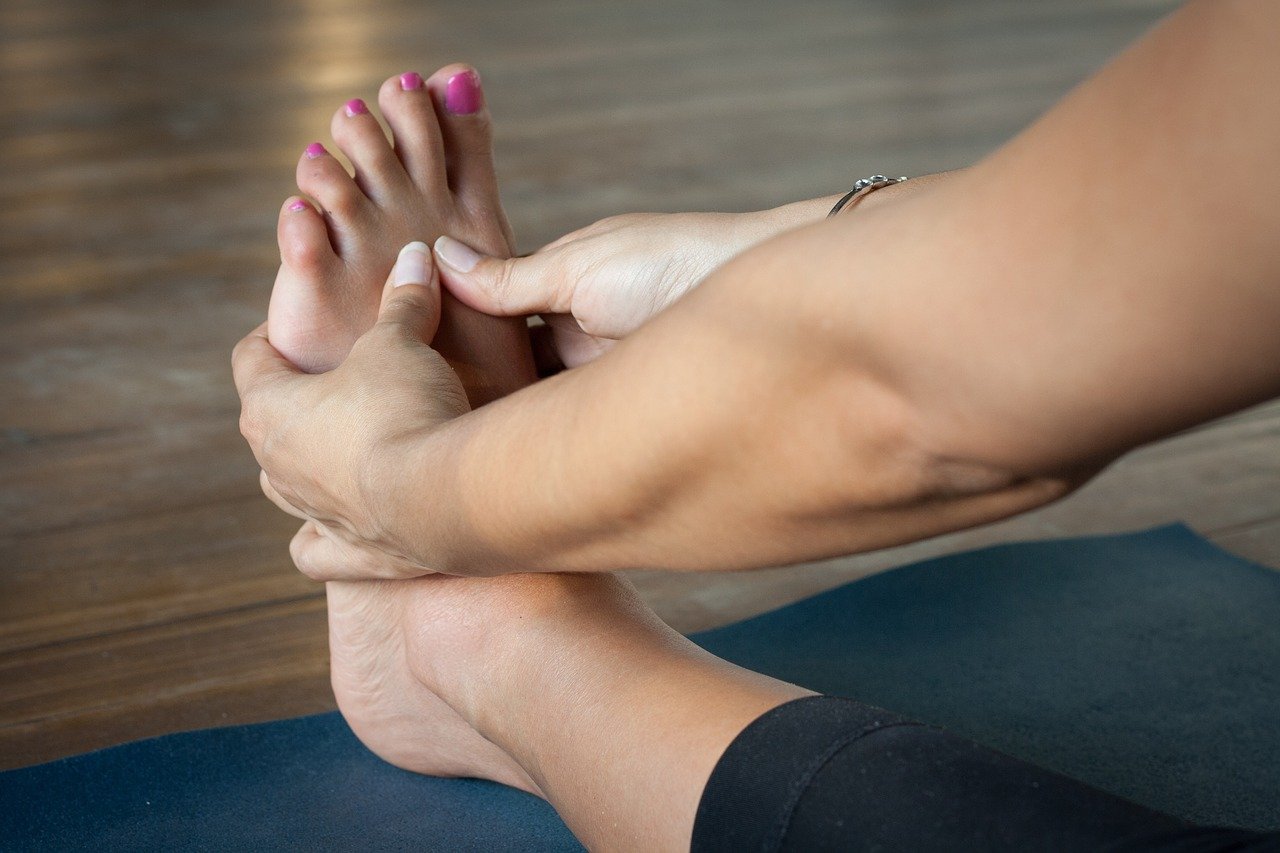
Callus is thickened hard skin on the bottom of the feet. It is sometimes caused by a bony deformity in the feet, or the way a person walks.
Corns are an area of thickened skin with a central hard core, which can be very painful particularly if it presses on a nerve.
Our podiatrists can treat corns and callus by reducing the amount of callus usually with a scalpel and taking the central core out of corns. They may use various types of padding or other devices to help relieve the pressure/friction that is causing the problem.
Occasionally an insole that is inserted into your shoe may be advised. This will adjust the alignment of your foot. A biomechanical assessment may be advised. It is important you wear shoes that are supportive and fit properly. Our podiatrists can advise you further on shoes.
Corns and callus tend to come back unless the cause of the excess pressure /friction can be addressed. You may need regular visits to keep the problem at bay.
ACKNOWLEDGEMENTS
College of Podiatry ‘Corns and Callus’ http://cop.org.uk/foot-health/common-foot-problems/corns-callus
Accessed 15/04/2019.
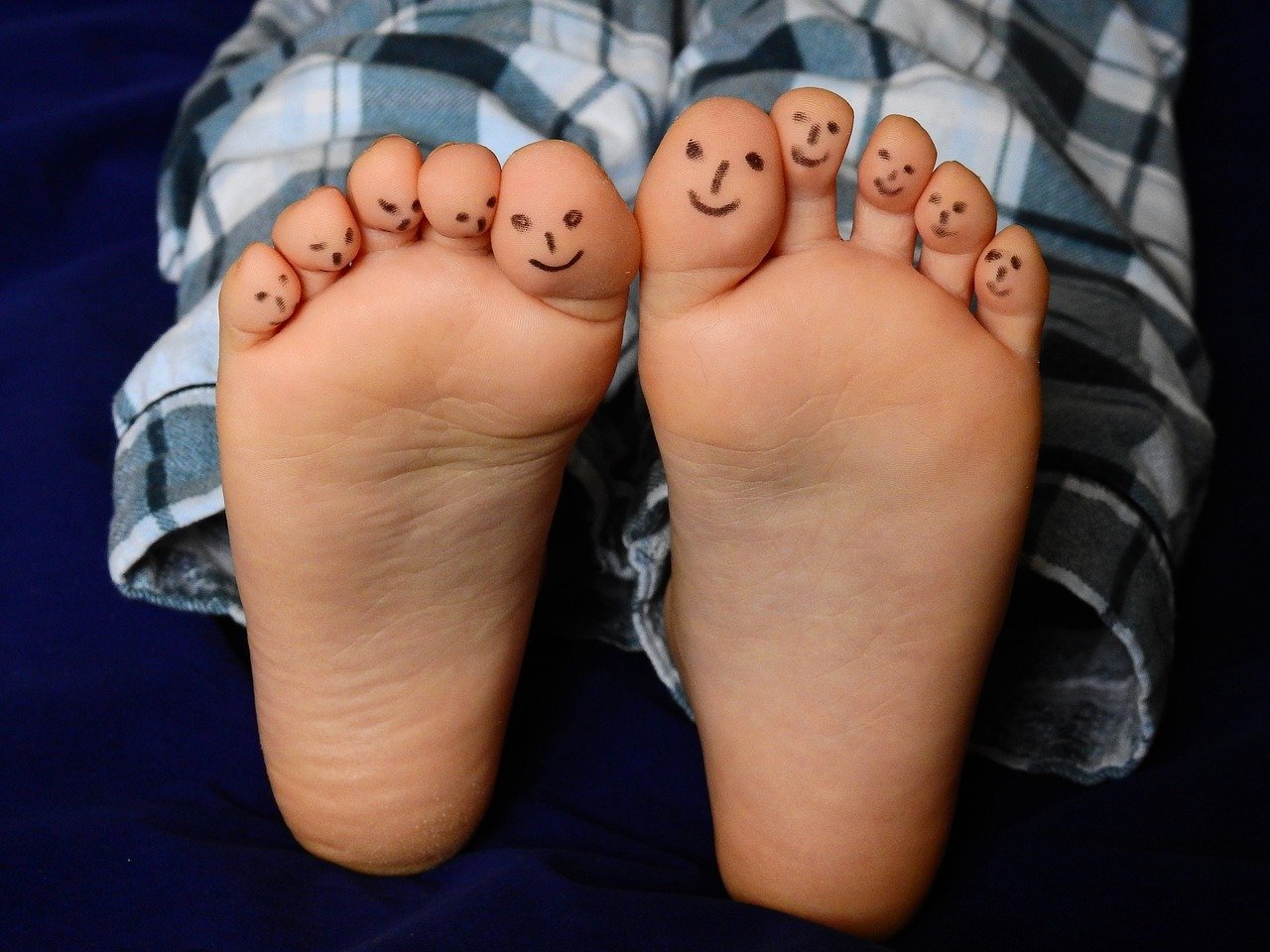
Verrucas are warts on the feet. They are caused by the human papilloma virus (HPV). Verrucas usually develop on the sole of the foot.
Acid Treatment comprises of debriding the verruca/s and applying salicylic acid. We usually use a stronger acid than is supplied over-the-counter at chemists.
Cryotherapy is a treatment that destroys the verruca tissue by freezing it. To clear the verruca fully it can take 4-6 treatment sessions and occasionally more sessions will be needed. Usually treatments are given on a fortnightly basis.
Dry Needling also known as Falknor’s procedure, is performed under a local anaesthetic. A fine needle is used to puncture the verruca multiple times. The purpose is to implant infected cells into the dermis which stimulates an immune response from the body to destroy the virus.
We also offer Laser Therapy. Similar to dry needling, laser therapy stimulates the body’s own immune system to destroy the HPV.
Verrutop is fast-acting and effective, helping you regain smooth, verruca-free feet. Verrutop is a painless way to conquer verrucas. Try it today and embrace confidence with every step.
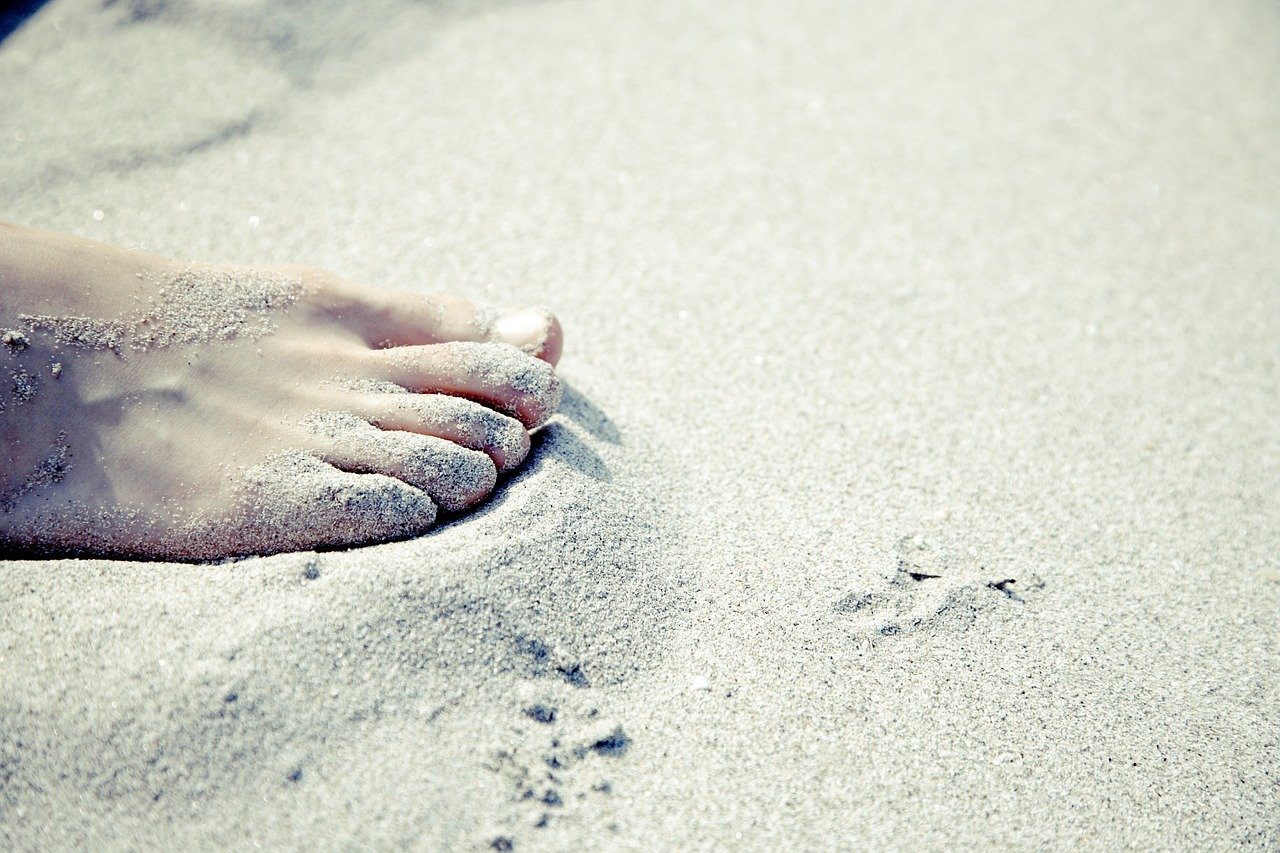
A toenail is said to be ingrowing when the side of the nail cuts into the surrounding skin. This usually affects the big toe but can also affect other toes. This condition can be very painful and the skin next to the nail can become infected, inflamed, or even overgrown around the nail.
It is not always obvious what causes a nail to become ingrown, although there are a number of factors that are known to trigger ingrown nails. Poorly cut nails, sweaty feet (from exercising), tight-fitting shoes and/or socks can all cause such nails.
If you have an ingrown toenail, our podiatrists can often treat this condition by skillfully removing the nail spike to give you relief from the discomfort. They will also give you advice to help prevent the reoccurrence.
Sometimes ingrowing toenails are best treated by nail surgery. Surgery is undertaken using a local anesthetic. Part of the nail is removed by cutting along the edge of the ingrown nail long ways a few millimeters. The exposed nail bed can be chemically treated to prevent another ingrown nail from growing. As the main part of the nail grows again, it will be slightly narrower.
Our podiatrists will advise you on treatment options.


